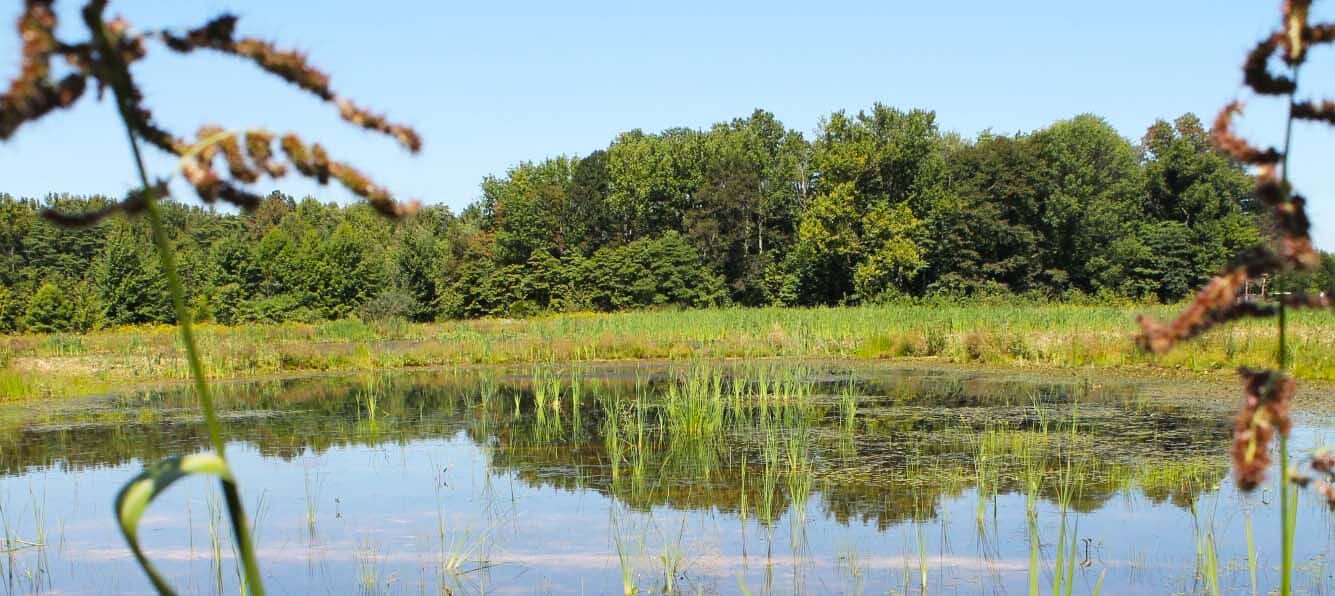Share this article
USDA begins implementing Farm Bill
Implementation of the 2018 Farm Bill, passed in December, is now underway. The $867 billion package funds many programs, from producer subsidies to food stamps, including $5 billion for conservation incentives on private lands.
Key Farm Bill conservation programs include the Conservation Reserve Program and the Environmental Quality Incentives Program. The new bill increased the enrollment cap for CRP, and EQIP will now dedicate 10 percent of funds distributed though the program to wildlife conservation, providing about $200 million a year.
Last week, Agriculture Secretary Sonny Perdue testified in front of both the House and Senate agriculture committees. During the Senate hearing, staffing vacancies currently faced by the USDA that may slow Farm Bill implementation were brought up by lawmakers. Perdue agreed with lawmaker concerns, noting that federal government hiring is not done quickly.
Despite these challenges, Perdue said, the USDA is moving forward with implementing the conservation programs. “The Natural Resources Conservation Service (NRCS) utilized mandatory program funding to keep staff working throughout the recent shutdown,” he said in written testimony, “providing significant time to begin building the framework for the new and revised conservation programs they are responsible for implementing.”
During the House hearing, Perdue also discussed the challenges surrounding wildfire borrowing— the controversial practice of borrowing funding from non-fire accounts to pay for fire suppression. In the past, Congress has repaid these funds by the end of the fiscal year, but that has not happened this year. The department needs $720 million to pay back fiscal year 2018 borrowing, which often happens in an appropriations bill but can also be included in other legislation.
Last week, the USDA held a listening session to solicit feedback on Farm Bill implementation. Attendees of the sessions urged the USDA to begin farm support signs-up for the program soon.
Sens. John Thune, R-S.D., and Sherrod Brown, D-Ohio, wrote a letter to the USDA calling for the department to open the general sign-up period no later than the middle of this year and begin taking continuous sign-ups as soon as possible. At the House hearing, Perdue indicated that continuous sign-ups would be coming first. General signs up would follow by Dec. 1.
Some conservation advocates have raised concerns that if CRP sign-ups do not start soon, the program will not be able to meet its goal for acres enrolled. The program’s acreage cap is set to increase from 24 million acres to 27 million acres by 2023. Current enrollment is about 22.5 million acres under the previous cap of 24 million acres.
Also complicating matters is the delay in confirmations of agency leadership. Three USDA nominations have failed to progress since January, including one for the department’s top scientist. Scott Hutchins was nominated undersecretary for research, education and economics, and last week Perdue urged the Senate Agriculture Committee to move forward his nomination, along with the others.
Header Image: Practices implemented under the Conservation Reserve Program on farms like this provide valuable wildlife habitat. ©USDA








